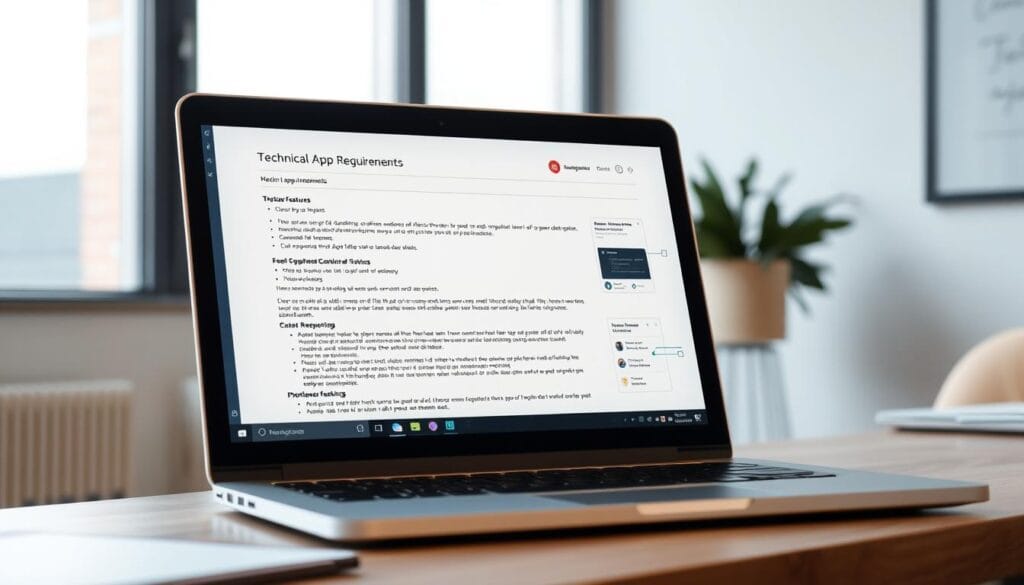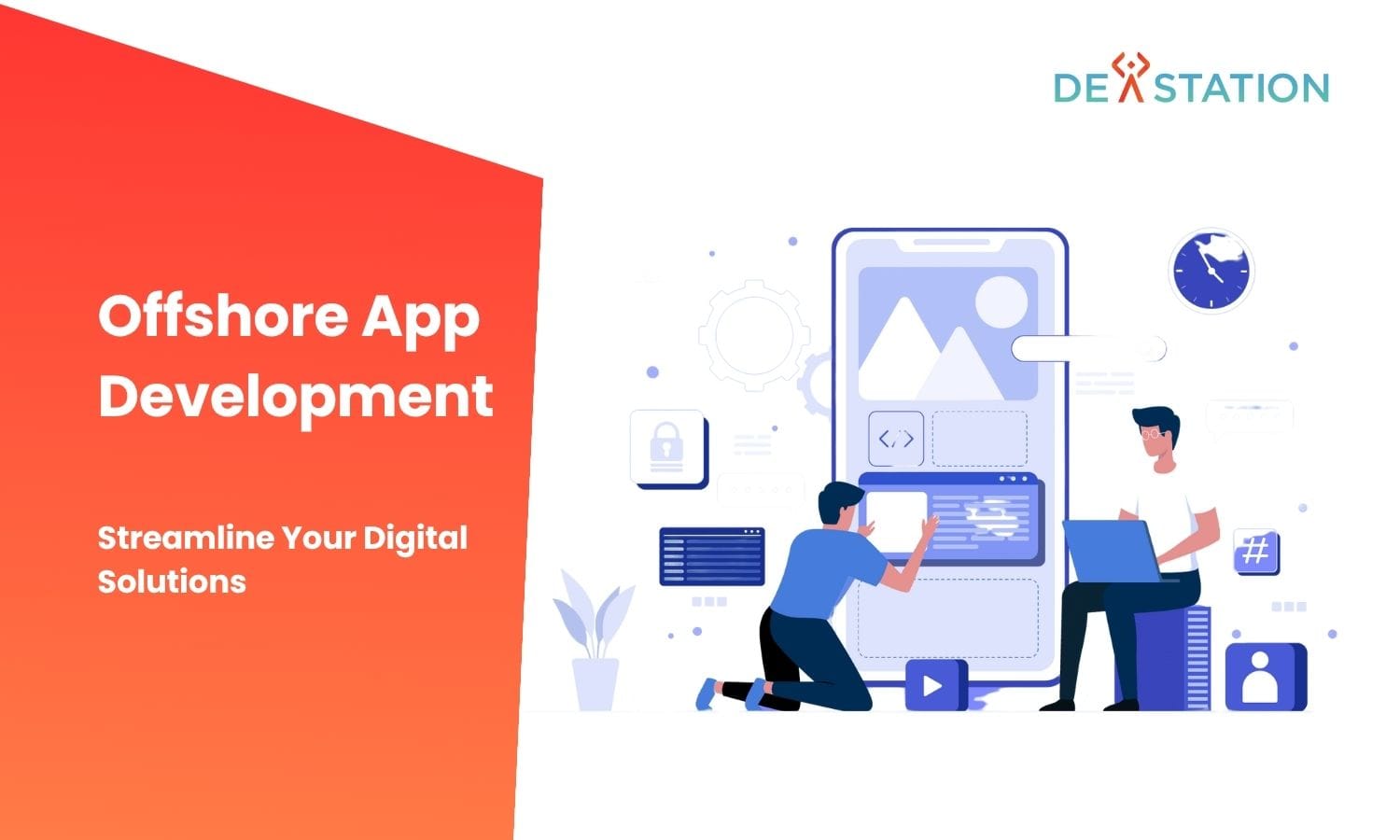Businesses today face mounting pressure to deliver high-quality software faster. According to Deloitte, 59% of organizations now partner with international teams to access specialized technical expertise. This approach enables companies to reduce costs by 40-70% compared to local alternatives while maintaining rigorous quality standards.
Modern collaborations extend far beyond basic outsourcing. Teams in regions like Eastern Europe and Latin America integrate directly with internal workflows, handling everything from mobile interfaces to enterprise systems. Time zone differences of 6-12 hours become strategic assets when managed effectively, enabling round-the-clock progress on critical projects.
This model isn’t just about cutting expenses. It provides access to emerging technologies and niche skill sets that might be scarce domestically. Technical decision-makers gain flexibility to scale operations up or down without the overhead of full-time hires. The key lies in structured planning, clear communication protocols, and robust quality assurance frameworks.
Contents
ToggleKey Takeaways
- Global partnerships enable access to specialized technical talent unavailable locally
- Cost reductions of 40-70% compared to domestic teams create significant budget flexibility
- Strategic time zone differences can accelerate project timelines through continuous workflows
- Successful implementations require detailed project blueprints and communication plans
- Quality assurance processes must adapt to cross-cultural team dynamics
- Scalable solutions help businesses respond to changing market demands efficiently
Introduction to Offshore App Development
Digital innovation now thrives on cross-border partnerships and expertise. With over 4 million mobile solutions available across platforms, businesses must navigate complex technical demands while maintaining speed and quality. This reality drives organizations to rethink how they build digital products.
Defining the Concept
This approach connects companies with specialized teams across time zones to handle entire product lifecycles. Unlike traditional outsourcing, it emphasizes strategic alignment – partners contribute technical wisdom while adapting to your business goals. From initial prototypes to post-launch updates, external experts manage:
- Custom software design aligned with market needs
- Cross-platform compatibility testing
- Continuous performance optimization
Why It’s Critical in Today’s Digital Landscape
The global tech talent gap leaves 58% of companies struggling to find skilled engineers locally. Specialized fields like AI integration require niche expertise often concentrated in specific regions. By leveraging worldwide capabilities, businesses gain:
- Access to emerging technologies not widely available domestically
- Faster response to shifting consumer expectations
- Cost structures that support scalable growth
As digital transformation accelerates, this model helps enterprises stay competitive without compromising quality or innovation timelines.
Understanding Offshore App Development
Choosing the right collaboration model determines project success in today’s interconnected tech landscape. Three primary approaches exist: working with local experts, neighboring nations, or specialized teams overseas. Each offers distinct benefits shaped by geography, cost structures, and technical capabilities.
Geographical and Operational Contrasts
Local partnerships (onshore) use professionals within your country, ensuring aligned work hours and cultural familiarity. This simplifies meetings but often limits access to niche skills. Nearby nations (nearshore) reduce time gaps while offering moderate cost benefits – ideal for projects needing frequent coordination.
Global teams (offshore) operate in distant regions, creating 6-12 hour time differences. When managed strategically, this enables round-the-clock progress. A U.S. company handing off tasks to Eastern European developers gains eight hours of additional work daily.
Core Benefits and Strategic Targets
The primary advantage lies in accessing rare technical expertise. Regions like Asia and Eastern Europe concentrate specialists in AI, blockchain, and cloud systems. Companies also achieve:
- 30-50% lower costs compared to domestic hiring
- Flexible scaling without long-term employment commitments
- Diverse problem-solving approaches from cross-cultural teams
One tech leader reported: “Our 24-hour workflow cut launch timelines by 40% while maintaining rigorous quality checks.” This model suits businesses prioritizing speed, specialized skills, and budget efficiency.
Benefits of Offshore App Development
Strategic international collaborations deliver measurable advantages for businesses building digital solutions. Organizations gain financial flexibility while accessing specialized skills that drive innovation. These partnerships transform how companies approach complex technical challenges.

Cost Efficiency and Access to Global Talent
Eastern European teams typically reduce expenses by 20-40% compared to domestic hiring. Asian and Latin American partners often achieve even greater savings. This financial advantage stems from competitive labor markets and lower operational costs in these regions.
Technical leaders can tap into rare expertise through worldwide networks. A skill shortage in one country becomes irrelevant when accessing professionals fluent in blockchain, AI integration, or niche programming frameworks. One Fortune 500 CTO noted: “We found three Scala experts in Poland within 48 hours – something impossible locally.”
Scalability and Rapid Deployment
Teams adapt quickly to changing project demands. Businesses can scale from 5 to 15 specialists within days, avoiding months-long hiring processes. This agility proves critical when responding to sudden market opportunities.
Established workflows enable faster project starts. Pre-configured environments and proven methodologies slash setup time. Partners using agile processes often deliver functional prototypes 30% faster than internal teams.
- No long-term employment contracts or benefit costs
- 24/7 progress through strategic time zone alignment
- Diverse problem-solving approaches from cross-cultural teams
Defining Your App Requirements for Offshore Projects
Crafting precise requirements forms the backbone of successful digital projects. Teams must balance technical specifications with real-world user needs while aligning with business objectives. This foundational step prevents costly revisions and ensures smooth execution.

Establishing Clear Project Goals
Start by mapping core business needs. Is the software designed for e-commerce transactions, service delivery, or content distribution? A retail company might prioritize payment gateways, while a media platform focuses on streaming capabilities. Alignment between technical execution and organizational strategy remains critical.
Next, analyze user expectations through competitor research and demographic studies. What features do similar applications offer? How do navigation patterns affect engagement? One project manager noted: “Our user testing revealed 73% preferred one-click checkout – a detail we initially overlooked.”
Selecting the Appropriate Tech Stack
Platform choice dictates development pathways. Native iOS solutions often use Swift with Xcode environments, while Android builds leverage Kotlin in Android Studio. Cross-platform frameworks like Flutter or React Native suit projects needing multi-OS deployment.
Consider long-term maintenance during stack selection. Will your team support Java updates for a decade? Does Flutter’s growing community justify its use? Documentation should specify integration protocols, security standards, and performance benchmarks to guide external partners effectively.
Choosing the Right Engagement and Payment Models
Effective collaboration requires matching your operational needs with suitable partnership structures. The ideal framework balances budget control with technical flexibility while maintaining quality standards.
Comparing Project-Based and Dedicated Team Models
Project-based models work best for defined scopes with fixed requirements. Teams deliver specific outcomes within set timelines and budgets. This approach suits companies needing predictable costs for short-term initiatives.
Dedicated teams operate as long-term extensions of your organization. Partners handle recruitment, management, and quality assurance. One tech director noted: “Our dedicated team reduced onboarding time by 60% compared to internal hiring.”
Hourly Payment vs. Fixed Payment Options
Hourly billing offers transparency for evolving projects. You pay only for actual work hours, adapting team size as needs change. This works well for exploratory phases or ongoing maintenance.
Fixed pricing provides financial certainty for stable requirements. Contracts outline deliverables upfront, minimizing budget risks. However, scope changes often require renegotiation.
| Model | Structure | Best For | Flexibility |
|---|---|---|---|
| Project-Based | Fixed team & timeline | Clear scope projects | Low |
| Dedicated Team | Managed resources | Long-term partnerships | High |
| Hourly | Pay per hour | Changing requirements | Maximum |
| Fixed | Set project fee | Stable specifications | Minimum |
Hybrid approaches combine both models. Use fixed pricing for core features and hourly rates for enhancements. This balances cost control with adaptability.
Leveraging Global Talent Pools
Modern businesses achieve competitive advantage by strategically sourcing technical expertise worldwide. This approach transforms how organizations build digital solutions through precise alignment of regional capabilities with project requirements.
Evaluating Developer Expertise and Experience
Technical leaders assess professionals through multi-stage verification. Coding challenges reveal problem-solving approaches, while portfolio reviews demonstrate real-world implementation skills. Teams should examine:
- GitHub contributions showing active participation in complex projects
- Certifications in specialized fields like AI or cloud architecture
- Client testimonials verifying collaboration efficiency
Accessing Specialized Skills Across Regions
Geographic hubs offer distinct technical strengths shaped by local education and industry demands. Three regions stand out:
- Eastern Europe: Enterprise systems and emerging tech specialists ($40-90/hour) with deep expertise in cybersecurity
- Asia: Mobile solutions and QA engineers ($50-70/hour) supported by vast talent reserves
- South America: Full-stack teams ($50-75/hour) offering seamless collaboration for North American firms
By mapping project needs to regional capabilities, businesses secure high-performing teams while optimizing budgets. This strategy ensures access to cutting-edge skills unavailable in domestic markets.





